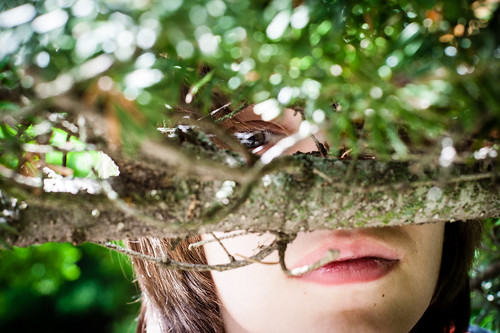

hexapetala
Abies veitchii
When one looks at a picture different areas of the brain have a map of that basic image to which they will add details. Thus if you draw a simple (curve and two dots) smiley on a paper plate and show it to a baby, that baby will see a happy face and smile back. I’ve tried this on several occasions and it works, unless the baby is inconsolably angry; don’t ask me exactly how I have angered babies, it is something I try to forget.
As they get older those babies develop maps of other images, and naturally as children they begin to make their own pictures. They draw and move on from drawing smiling stick figures to other living things. They crayon flowers and trees, built from wobbly circles or triangles balanced on vertical stems. They make a yellow circle sun with orange spokes for rays of sunlight. And yes, there are the kids who spend months drawing all their family as blobby, limbless jellyfish, pets as jellyfish, trees and houses as jellyfish and superheroes as multicoloured jellyfish; and you can tell which one is the Hulk because he is bright green.
Then as adults we pick up a camera and make a picture with the face and the tree and the sunlight, all things that our brains have mapped, and we crumple up the maps and throw them in the air. The sunlight is not orange spokes, the tree stick is horizontal. The face might not actually be smiling. It has been many years since I was a baby, but still I smile back.
Blog photograph copyrighted to the photographer and used with permission by utata.org. All photographs used on utata.org are stored on flickr.com and are obtained via the flickr API. Text is copyrighted to the author, Rachel Irving and is used with permission by utata.org. Please see Show and Share Your Work
